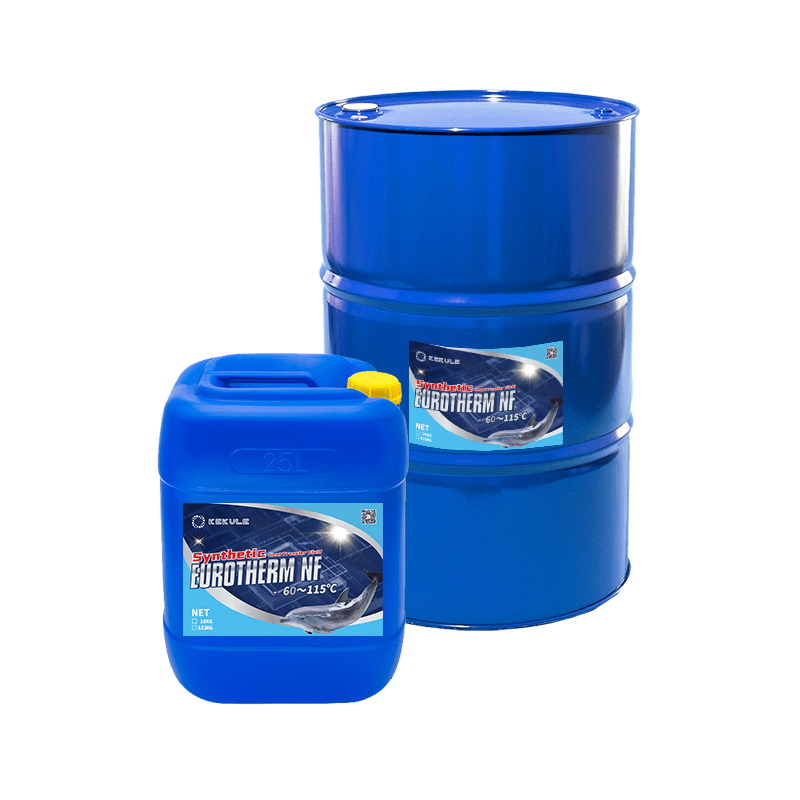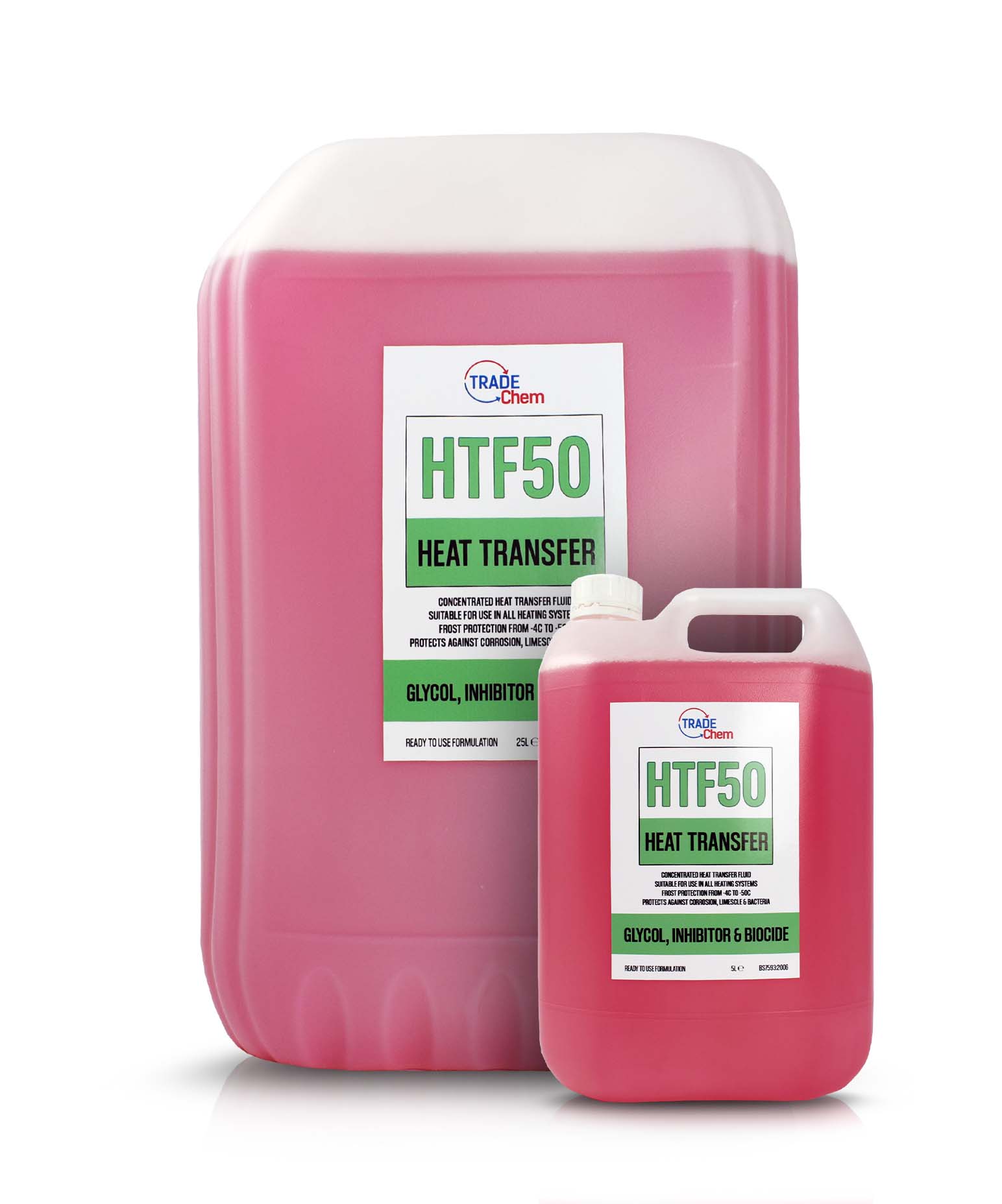Exactly How Heat Transfer Liquid Adds To Lasting and Cost-Effective Procedures
In the modern commercial landscape, the duty of heat transfer liquids (HTFs) in promoting lasting and cost-effective operations can not be overemphasized. These liquids are crucial in optimizing thermal administration systems, therefore considerably improving energy efficiency and minimizing operational prices. The environmental benefits of sophisticated HTFs, with their high thermal stability and low toxicity, are indisputable. They not only expand system durability yet also add to the reduction of damaging discharges. The real possibility of HTFs is recognized with the careful option process, ensuring compatibility and safety. Yet what variables should direct this vital option?
Recognizing Warmth Transfer Liquids
In the world of thermal monitoring, warm transfer fluids (HTFs) offer as crucial representatives for transferring thermal power from one place to one more. These liquids play a critical function in various commercial applications, consisting of chemical handling, power generation, and HVAC systems.
The make-up of warmth transfer liquids can vary considerably, consisting of choices such as mineral oils, synthetic oils, glycols, and molten salts. Each kind provides distinctive advantages, such as enhanced thermal security, low thickness, and high boiling points, which are picked based upon specific functional demands. In addition, the option of HTF impacts not just the effectiveness of warmth transfer however also the durability and safety and security of the system in which it is used.
As markets continue to innovate, the growth of advanced HTFs, defined by their boosted thermal conductivity and reduced ecological influence, is important for fulfilling the demands of contemporary thermal monitoring challenges.

Enhancing Energy Performance

Improving energy effectiveness has ended up being an extremely important concern across various industries, triggering a better assessment of warm transfer fluids' function in enhancing thermal management systems. These fluids are integral to preserving the preferred temperature in processes, thus minimizing power waste and boosting general system effectiveness. By selecting an appropriate heat transfer liquid, sectors can dramatically enhance their energy performance, leading to lowered energy consumption.

Advanced formulations of warm transfer liquids have actually been developed to stand up to severe temperatures while preserving security and efficiency. Enhancing power efficiency via ideal warm transfer liquid option is not just a technical need yet likewise an ecological essential.
Decreasing Operational Prices
Operational costs are a considerable factor to consider for industries seeking to maintain competitive benefit, and the selection of warmth transfer liquid plays an essential function in expense administration. Choosing an ideal warmth transfer liquid can bring about significant price financial savings by enhancing system efficiency and decreasing energy consumption. High-performance fluids minimize thermal degradation, which in turn reduces the frequency of fluid substitute and downtime connected with upkeep, therefore decreasing functional expenditures.
Additionally, warm transfer liquids with remarkable thermal security and rust resistance prolong the lifespan of equipment. This reduces the need for constant fixings and substitutes, which can be expensive and disruptive to operations. By spending in top quality liquids, sectors can accomplish long-lasting reductions in upkeep expenses and improve the integrity of their systems.
In addition, progressed warmth transfer fluids frequently exhibit reduced thickness at running temperatures, which boosts pump effectiveness and minimizes energy usage in fluid blood circulation. This optimization of power intake directly equates into lowered operational costs. Lots of modern-day warmth transfer fluids are crafted to operate successfully over a vast temperature array, decreasing the demand for multiple fluid kinds, thereby enhancing supply requirements and minimizing associated costs. These aspects jointly contribute to more lasting and affordable operations.
Ecological Influence Decrease
The push in the direction of reducing ecological impact has actually gotten energy in industries leveraging heat transfer fluids. Firms are increasingly recognizing the importance of reducing ecological footprints by adopting sustainable techniques. Warmth transfer liquids (HTFs) play a crucial role in this change, using chances to improve energy efficiency and reduce exhausts. By picking HTFs with high thermal security and low toxicity, sectors can make certain very little leak and destruction, therefore reducing damaging ecological launches.
Moreover, making use of sophisticated warmth transfer liquids contributes to better system effectiveness, reducing the general energy consumption. This reduction not just results in cost financial savings however also reduces carbon dioxide exhausts, aiding in the fight versus climate adjustment. Fluids that are biodegradable and recyclable additionally enhance sustainability initiatives, as they Discover More reduce waste and advertise round economic situation techniques.
Additionally, incorporating HTFs right into closed-loop additional resources systems avoids fluid loss and contamination of the surrounding setting. This method makes certain that fluids are reused, lowering the demand for brand-new sources and limiting waste generation. By accepting these eco conscious methods, sectors can substantially lessen their ecological effect while keeping high functional efficiency, lining up with international sustainability objectives and regulatory demands.
Picking the Right HTF
Picking the suitable warm transfer liquid (HTF) is a vital action in progressing ecological sustainability within industrial processes. The option of HTF straight influences system effectiveness, power intake, and ecological impact. An optimal HTF must have a high thermal ability, reduced thickness, and high thermal conductivity to make certain reliable warmth transfer. Furthermore, its stability over a broad temperature level range is critical to stop degradation, which can cause raised emissions and waste.
When selecting an HTF, it is necessary to consider its compatibility with system materials to avoid corrosion and chain reaction. This makes certain Continued durability and minimizes maintenance costs. Furthermore, the liquid must be non-toxic and naturally degradable, reducing its environmental footprint and making certain conformity with environmental policies. The lifecycle expense of the HTF, encompassing acquisition, procedure, and disposal, must also be reviewed to make sure economic usefulness.